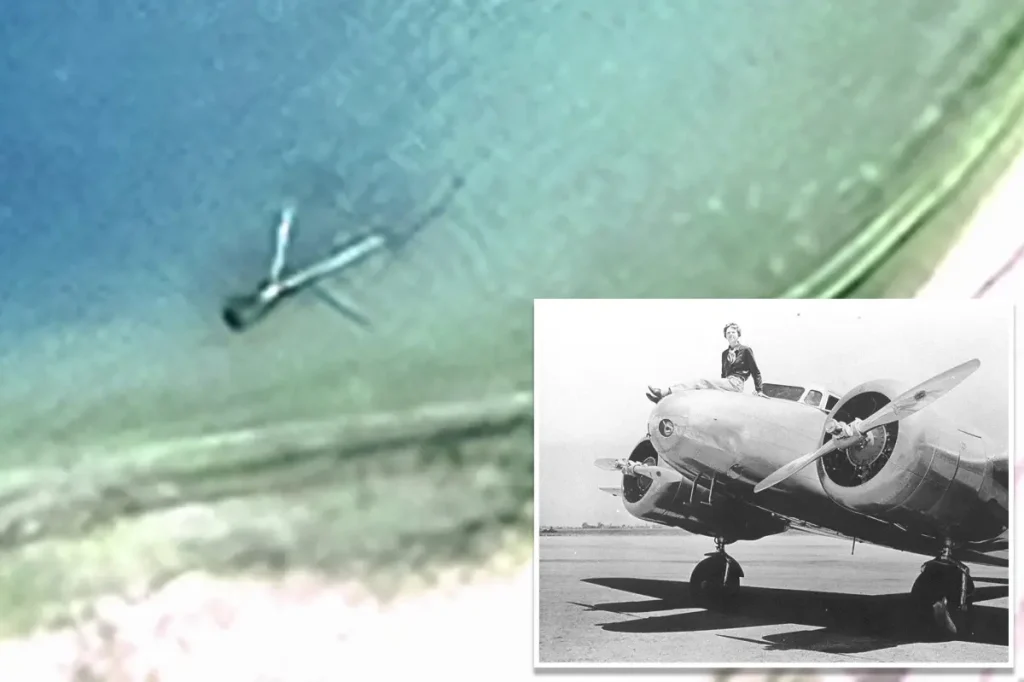The Search for Amelia Earhart: A Journey Delayed but Not Abandoned
In a disappointing turn for aviation history enthusiasts, an expedition that promised to potentially solve one of the 20th century’s most enduring mysteries has been postponed. The team of researchers from Purdue University, who had been preparing to explore Nikumaroro Island in the South Pacific in early November, have been forced to delay their mission until 2026. Their goal—to investigate and potentially recover what they believe could be Amelia Earhart’s long-lost Lockheed 10-E Electra aircraft—has hit bureaucratic and seasonal obstacles. Steve Schultz, Purdue University’s senior vice president and a member of the research team, explained that the complex process of securing permissions for maritime expeditions, combined with the approaching cyclone season, made postponement the only responsible choice. Despite this setback, the team remains undeterred in their quest to solve the 87-year-old mystery of what happened to the pioneering female aviator and her navigator Fred Noonan during their attempt to circumnavigate the globe in 1937.
The focus of the expedition is what researchers have dubbed the “Taraia Object,” a visual anomaly that has appeared in photographs of a Nikumaroro Island lagoon dating back to 1938—just one year after Earhart’s disappearance. Dr. Richard Pettigrew, executive director of the Archaeological Legacy Institute and part of the 15-person research team, expressed both disappointment and determination following the delay. “We’ve overcome other challenges to this project over the past four years, and we will get past this one, too,” he stated in an update to supporters and followers of the project. The researchers have described the evidence suggesting the Taraia Object could be Earhart’s plane as “very strong,” making the eventual expedition all the more significant. Located in the waters between Fiji and Hawaii, Nikumaroro Island has long been considered a potential final resting place for Earhart’s aircraft, with various expeditions over the decades searching the area for conclusive evidence of her fate.
The planned expedition represents a comprehensive scientific approach to investigating the Taraia Object. During their originally scheduled three-week mission, the team intended to employ magnetometers and sonar devices to thoroughly scan the area before carefully dredging the object from the lagoon for proper identification. This methodical approach reflects the seriousness with which the researchers are approaching this historical mystery. The connection between Purdue University and Amelia Earhart adds another layer of significance to the expedition—Earhart was employed by Purdue when she embarked on her final flight. This institutional connection has likely fueled the university’s commitment to resolving the mystery surrounding her disappearance, making the current delay all the more poignant for those involved.
The circumstances of Earhart and Noonan’s disappearance have captivated the public imagination for nearly nine decades. The pair vanished on July 2, 1937, after departing from Lae, Papua New Guinea, with plans to refuel on Howland Island before continuing to Honolulu and ultimately landing in Oakland, California. Radio contact was lost shortly after takeoff, and they never reached their refueling destination. The U.S. Navy and Coast Guard conducted an extensive 16-day search—at the time, the largest and most expensive in American history—before the aviators were officially declared dead on January 5, 1939. This absence of closure has given rise to numerous theories about their fate, ranging from crash-and-sink scenarios to more elaborate hypotheses involving capture by Japanese forces or survival as castaways on remote islands.
One such theory that the Purdue team may help to confirm or refute involves Nikumaroro Island itself. Some researchers have proposed that Earhart and Noonan may have made an emergency landing on the island’s reef flat during low tide, with the aircraft subsequently washed into the lagoon by high tides or storm surges. A particularly macabre variation suggests that while Noonan may have drowned, Earhart could have survived for some time on the island before succumbing to the elements, with her remains potentially scattered by the island’s giant coconut crabs. Physical evidence found on previous expeditions to Nikumaroro—including a fragment of what might be aircraft aluminum, a jar that could have contained freckle cream (Earhart was known to dislike her freckles), and a pocket knife of the type carried on the Electra—have kept this theory alive, though none has provided conclusive proof.
Despite the current delay, the determination of the research team remains unshaken. “Because of the compelling evidence we have in front of us, we have to go to Nikumaroro and get a close look at the Taraia Object,” Dr. Pettigrew emphasized. “Rest assured that we will do just that, so stay tuned! We will have a revised project schedule worked out soon.” This persistence in the face of obstacles echoes something of Earhart’s own pioneering spirit—her willingness to push boundaries and venture into the unknown. While aviation enthusiasts and history buffs must now wait until 2026 for potential answers, the quest to solve one of aviation’s greatest mysteries continues. The researchers’ commitment ensures that Amelia Earhart’s story remains alive in our collective consciousness, a reminder of both human ingenuity and the enduring mysteries that sometimes accompany our greatest adventures. If the Taraia Object does indeed prove to be the long-lost Electra, it would represent not just the resolution of a historical puzzle but a tangible connection to a woman who changed aviation history and inspired generations with her courage and determination.


